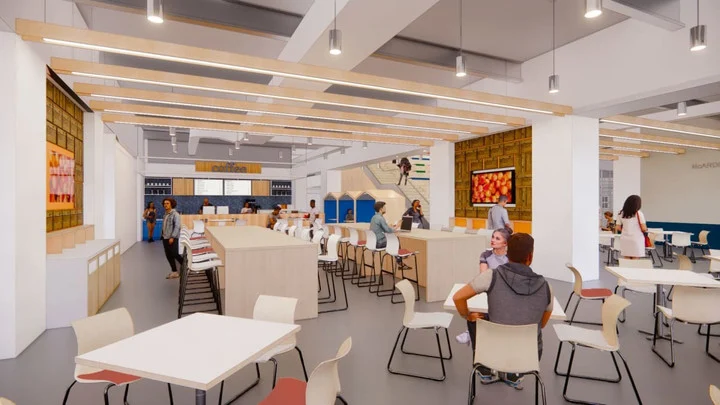 This is what is possible in higher education. 179 Livingston, a vibrant building in the heart of Brooklyn. A vision to truly put students first. A mission to keep the traditional alive while breaking down every other barrier so that it can be better.
This is what is possible in higher education. 179 Livingston, a vibrant building in the heart of Brooklyn. A vision to truly put students first. A mission to keep the traditional alive while breaking down every other barrier so that it can be better.
This is the new St. Francis College, just 14 days removed from the binds that handcuffed faculty, the struggles to provide opportunities and the sweaty old building with tight hallways, no air conditioning and broken elevators that made students want to leave campus. Now, everything is different.
After the ribbon was cut to open this 255,000-square-foot, three-floor space two and a half weeks ago, President Miguel Martinez-Saenz reflected on the magnitude of the initial moments, admitting he teared up when hearing from students how transformational this will be for them. The College and its Franciscan Brothers have delivered a grand indoor staircase and couches where they can now hang out, a modern eating area, rooftop access, technology-drenched classrooms and filled in all of it with natural light. They also purposefully trimmed back of space for administration to maximize the space for students.
“What we have done here is unheard of in higher education,” Martinez-Saenz said, referencing both the unique space configurations and the comeback this 163-year-old institution has made, all during the COVID-19 pandemic. “We basically crunched all those offices as tightly as we could. People have been doing this at some corporations; certainly the big ones down on Wall Street. We made a decision that it was going to be about the student experience, not about those of us that are working behind the scenes.”
His office and those of senior vice presidents are all housed in one small area, but there are floor-to-ceiling windows to make it feel more open. And they are now close to the action.
“That’s one of the things that we got really, really right,” he says. “We’re starting to see vibrancy in the space continuously. What I’m most excited about is that I get to walk around and interact with students a lot. I’m a very externally facing president. I’m seeing students the whole time. Before, I was on the eighth floor in a suite, and nobody needed to come up there. Here I walk out, there are two classrooms right across from my suite. The Center for Student Success is on the right, all glass. I’m blown away by what we’ve been able to pull off.”
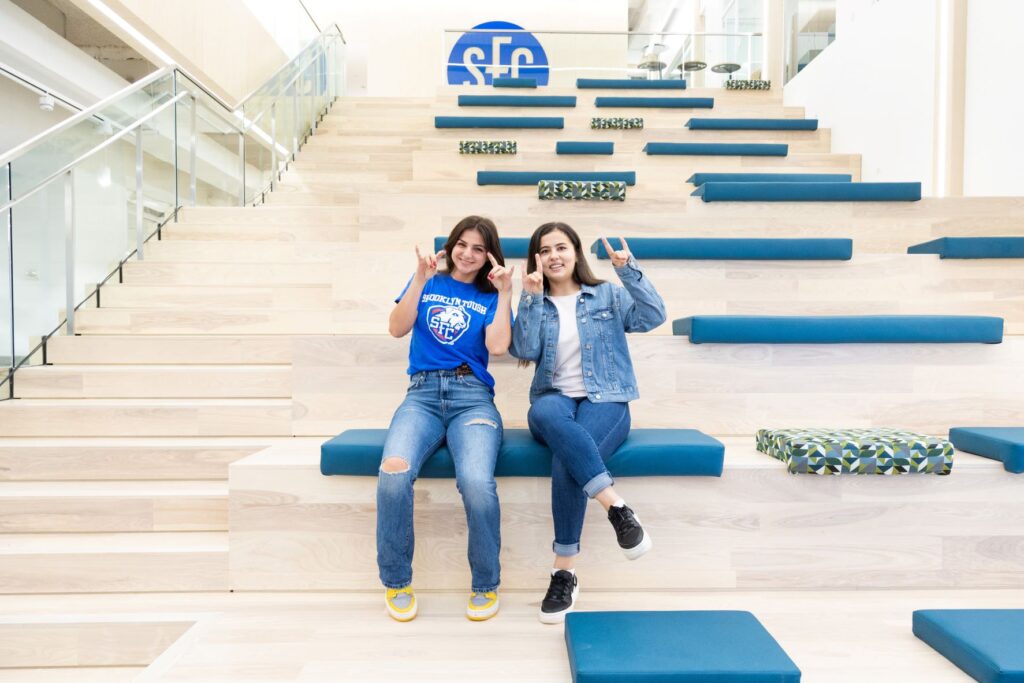
Beyond the space itself, St. Francis has leaned into other modern touches—a hybrid academic model both for students and for faculty and a slew of updated curriculum offerings. Those who do come to campus finally feel like they have a home.
To learn more about the amazing changes happening at St. Francis, University Business sat down with President Martinez-Saenz, a former administrator at Otterbein and Wittenberg Universities.
How different is this new space from the old one?
We had been [in the old building] 60 years. There was a lot of deferred maintenance, and the classrooms weren’t made the same. The faculty had to jockey to get a classroom with the right technology. It was a good neighborhood, but if there was any issue in the street, you couldn’t hear your classroom. Students wouldn’t hang out because there wasn’t a space. Basically, you went to class, got on an elevator and got out. We looked at about 100 sites. This one, every floor has a very similar feel. Not only are our classrooms state of the art, there’s a lot of space between classes. We’re starting to see vibrancy in the space. And it’s got every single major train line within three or four blocks.
As part of the move, there has been a commitment to shift to hybrid. Can you explain what that looks like?
All of our courses meet only once a week. We do two-thirds face time, one-third online. Our first-year seminars are fully face-to-face. But that’s only a one-credit-hour course for 50 minutes, once a week. We’ve got a couple of developmental courses that we want to have in person for a variety of reasons. We had created an online institute to make sure our faculty were fully certified. So when the pandemic hit, it was a challenge, but we just pulled a hard lever on something that was already moving.
What are you seeing in terms of response to the new St. Francis?
Our internationalization is really taking off. We were maybe 170 international students before, and we just crossed 600. We had 1,300 high school students from Italy on campus this summer. We had about 35 graduate students. We’re getting ready to cross 400. That’s pretty significant growth. I think the headcount overall was 2,600. Where we’ve lost some students is the traditional undergraduate market from New York City. There have been some challenges in New York City public schools, especially. But we’ve had students come with their friends and decide they wanted to go to school here because of the space. Everybody keeps saying, ‘it feels like I’m at Google.’
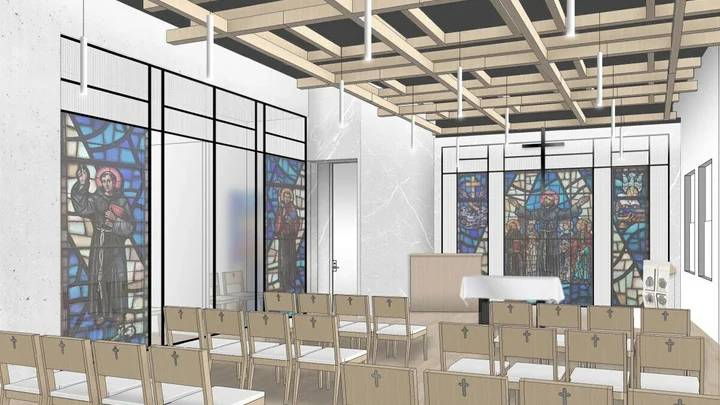
Tell me more about the balance of keeping that tradition that the Franciscan Brothers started.
The brothers came in 1859 to provide opportunities for those folks that weren’t getting the opportunities they thought they deserved, mainly Irish immigrants. They created an academy and a college to provide educational opportunities. That’s the same mission today. My position was when I got here, given that we serve the underserved—our critical mass is working people— why doesn’t this population get access to the latest of everything? If we’re going to try to promote social mobility at scale, they’re going to have access to the latest technology, access to the latest learning spaces. They can’t be in a retrofitted, dated space and expect to take off. The Brothers are fully on board. They believe the same thing. We don’t need what we had in 1970 for these young people. We need what the 21st century requires. They have been really supportive in driving this.
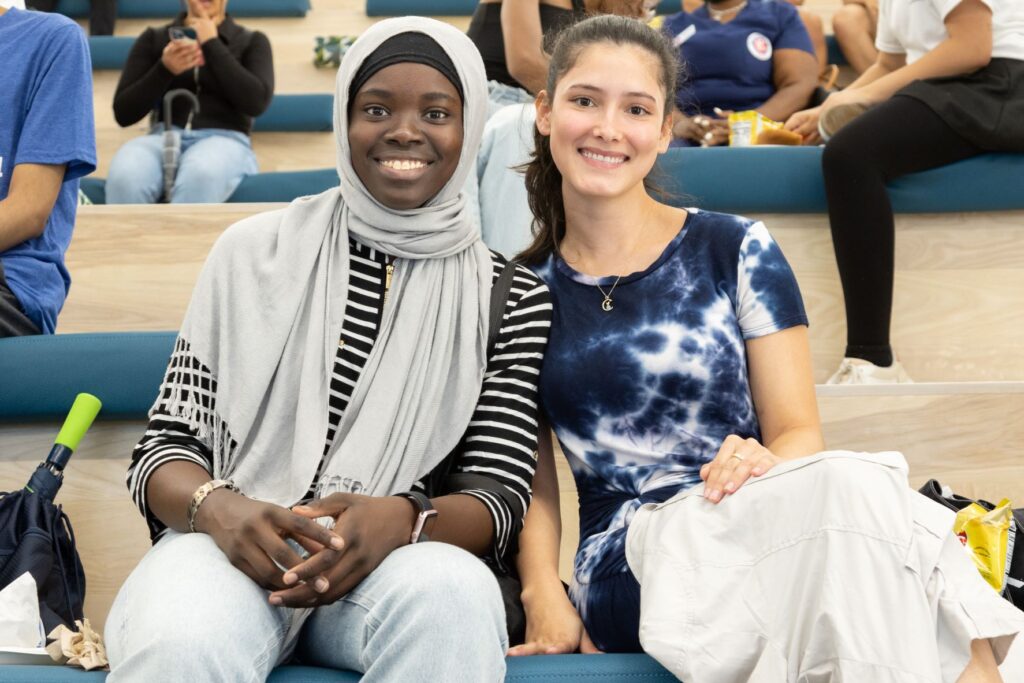
That this is happening in Brooklyn, one of the great melting pots in this country, has to feel great. Talk about the blending of this institution with the community.
What does it mean to bump up against the world as it is? In my view, you’ve got to bump up against all of it, its beauty and its ugliness. You’ve got to serve low-income students, middle-income students, high-income students. You’ve got to serve Black students, Brown students, Southeast Asians, northern Europeans. You got to be in the Caribbean and in Latin America. You’ve got to figure out how to create learning environments, because the learning takes place when those collisions happen. That’s what we’re aspiring to do it better than anybody. How can we have the college of Brooklyn be reflective of Brooklyn? And if we’re reflective of Brooklyn, we’re reflective of the globe. We went from 170 to more than 600 international students, and we are 65% BIPOC. Think about what that does to the makeup of the campus.
How meaningful is this for your students?
I want them to feel like they deserve this. Some of our kids grew up in schools that are falling apart. Now, they walk with their shoulders back. I know we got it right because of these two weeks. It’s been transformative for these young people. You’re beginning to understand what it’s like to be in community.
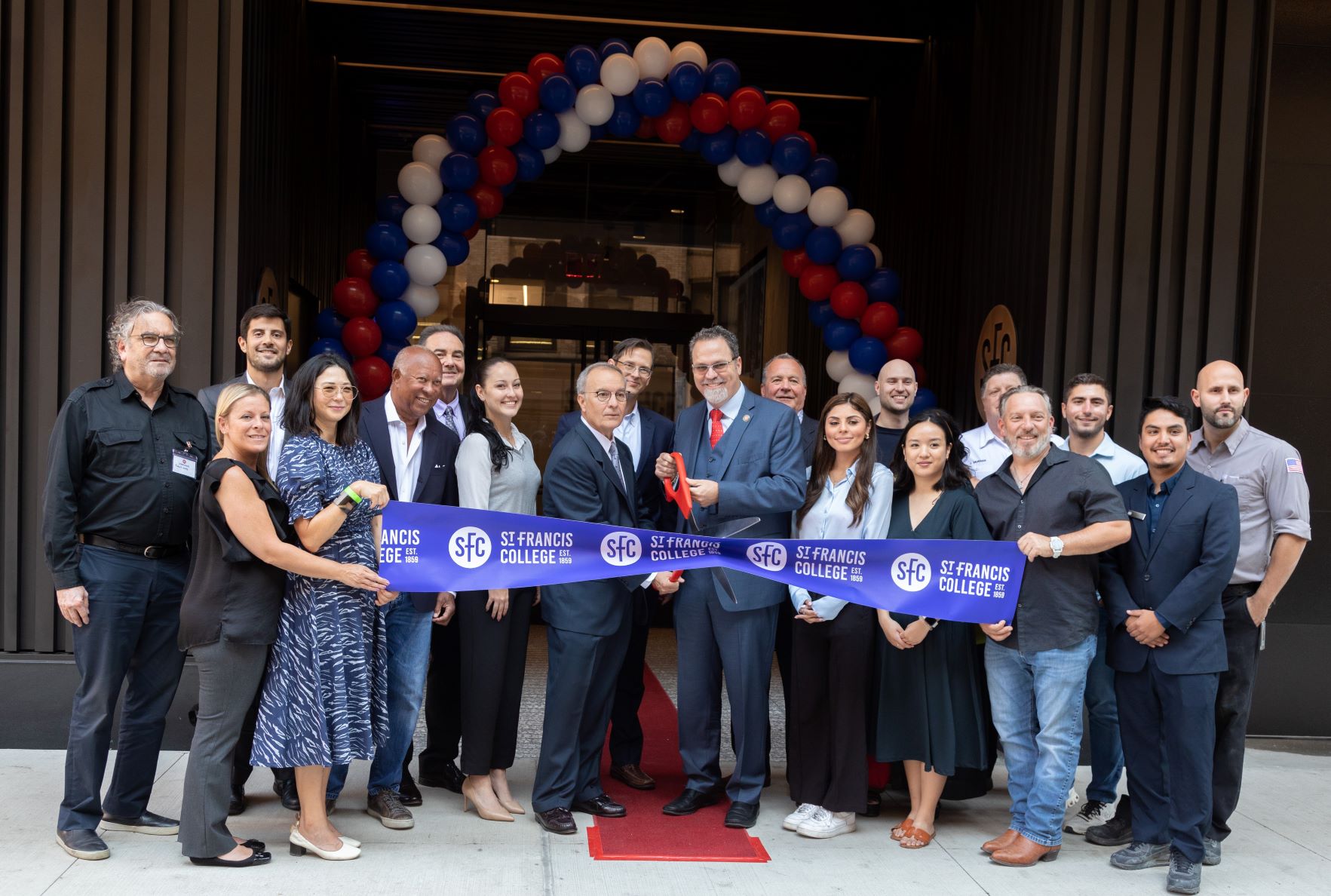
You personally helped make a lot of changes here that have been transformative. What about the rest of higher ed? What changes need to be made over the next 5-10 years?
We’ve got to listen to students. Colleges are basically still selling what we were selling in the 1960s because that’s what we’ve got to sell. That’s the wrong way to approach this. What does the prospective student, what does the community, what does society need from us today that it didn’t need from us in 1960? I’ve talked to presidents and said, your students today are experiencing a world in a way that you couldn’t have imagined. They have flexibility of use. They have immediate access to things. They don’t have latency issues that we had—you want to register for a class, you have to walk to the registrar and stand in a line. We need to think about how that student is experiencing the world.
People always went to college to improve their socioeconomic position. This idea that this is new is false. If you’re generationally wealthy, you can go wherever the hell you want to go, but really 95% of people go to college to improve their socioeconomic status or minimally maintain it. So stop pretending that that’s not our function. It is our function.
Tied to that, we have tried to keep industry at bay. Well, the problem is coming home to roost. Companies are now starting to build out educational platforms. Google’s got their academies. Jamie Dimon is talking about an apprenticeship program for JP Morgan. We’ve got to wake up. Our career services offices have been an embarrassment in higher education. You’ve got two people serving 5,000 students. By design, they don’t really want you to go there. You have to have a point of contact with students in a career office in the first semester, which means that has to be big. They have to have a lot of support. We’re building ours out.
What’s new on the Brooklyn campus?
- a 38-seat chapel, with an expandable multi-faith room
- a 300-seat auditorium
- a 32-seat tiered screening room
- a 6,600-square-foot library with spaces for study and research
- two art gallery spaces
- a 260-seat cafeteria with servery and kitchen
- a 50-seat outdoor terrace





